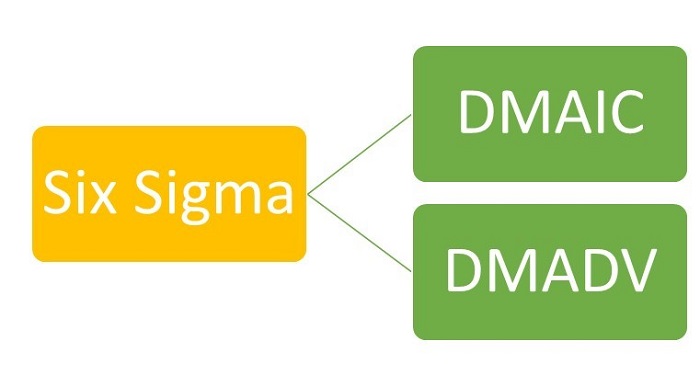Six Sigma can be applied in several ways - not just at the executive level of an Organization. At the personal level, you can use the methods and tools of Six Sigma in your day to day life and work to address personal and professional challenges and to solve problems.
At the team level, you can conduct formalized improvement projects where a project leader - usually a certified Six Sigma Black Belt - leads a team through a defined improvement process. But, at the organizational level, Six Sigma is set up across your enterprise in such a way that the projects and practices of Six Sigma become part of the organizational culture and functional routine.
A Six Sigma deployment initiative requires you to align both your business objectives and your organizational framework in support of the management and operational methods of Six Sigma practice. You must regulate what you can and can’t do yourself, and you must enhance your resources with the right support to go forward.
Getting Started in Six Sigma:
- Executives participate in a workshop that explains the Six Sigma deployment process, introduces the concepts used by practitioners, and develops the implementation plan.
- Senior managers participate in a workshop that, in addition to an overview of the deployment process and practitioner concepts, sets out the implementation plan and assigns the roles and responsibilities for each of the functional areas of the business.
- Black Belts, as full-time Six Sigma practitioners, are dedicated to working on projects that solve your toughest challenges. Black Belts are necessary only for large and complex issues. Rarely does the Black Belt population exceed 1 to 2 percent of an organization’s total staff.
- Green Belts participate in Six Sigma projects on a part-time basis, either as leaders or contributors. Anyone can be a Green Belt: staff, management, and even executives! The Green Belt population is typically 5 to 10 percent of total staff, but we’ve seen cases where an organization trains its entire professional staff. Note: All supervisors and managers should be trained Green Belts.
- Yellow Belts may participate in projects, but the intention of training to the Yellow Belt level is to develop working Six Sigma practices within the general Population. You may train 50 percent or more - even 100 percent of your Staff to the level of Yellow Belt proficiency.
- Designers receive specialty training in a subject area known as Design for Six Sigma, or DFSS. A Six Sigma deployment will include DFSS training for all Designers.
- Master Black Belts act as hands-on experts, teach Six Sigma courses and mentor others.
Six Sigma methodologies that eliminate defects from a process or product:

DMAIC is the more well-known and most-used Lean Six Sigma project methodology and is focused on improving an existing process, rather than creating a new product or process like DMADV- Define the problem with your product or process
Conclusion:
Six Sigma is a disciplined, data-driven approach and methodology for eliminating defects (driving toward six standard deviations between the mean and the nearest specification limit) in any process – from manufacturing to transactional and from product to service.
